In a groundbreaking fusion of ancient scholarship and modern technology, linguists and game developers are collaborating to harness the power of gaming communities to crack one of history’s most enduring puzzles: the decipherment of oracle bone script. This unconventional approach, blending academic rigor with crowd-sourced enthusiasm, is opening new pathways to understanding the earliest known form of Chinese writing.
The oracle bone script, dating back over 3,000 years to the Shang Dynasty, represents a critical yet enigmatic chapter in human communication. Of the approximately 4,500 identified characters, only 1,500 have been definitively deciphered. Traditional methods of decoding these inscriptions—relying on painstaking comparisons with later scripts and archaeological context—have plateaued in recent decades. Now, researchers are turning to an unlikely ally: the collective problem-solving prowess of online gaming communities.
How Gaming Mechanics Unlock Ancient Mysteries
At the heart of this initiative lies a carefully designed game framework that transforms epigraphic analysis into engaging challenges. Players interact with high-resolution 3D scans of actual oracle bones, manipulating fragments and proposing interpretations through intuitive interfaces. The system incorporates progression mechanics reminiscent of role-playing games—users "level up" by contributing consensus-approved translations, earning access to rarer artifacts and scholarly tools.
What makes this approach revolutionary is its synthesis of human pattern recognition and machine learning. As players attempt to match bone inscriptions with known characters or propose new decipherments, their collective inputs train AI algorithms to detect subtle graphical patterns across thousands of specimens. This symbiotic relationship between human intuition and computational analysis has already yielded promising results, with three previously indecipherable characters tentatively identified through player consensus in beta testing phases.
The Crowdfunding Dimension
The project's funding model proves equally innovative. Through tiered crowdfunding campaigns, backers don't merely donate—they gain early access to gameplay features and voting rights on research directions. A $50 pledge might unlock a "Scholar" tier with exclusive artifact collections, while corporate sponsors at higher levels can adopt entire bone collections for digitization. This approach has attracted surprising support from both academic institutions and gaming enthusiasts, with the initial campaign surpassing its $200,000 goal within weeks.
Archaeologists involved in the project emphasize how this model solves two persistent challenges: chronic underfunding of epigraphic research and the difficulty of engaging younger generations in paleography. "We're not dumbing down the science," clarifies Dr. Lin Wei from Peking University's Ancient Texts Research Institute. "We're creating a new paradigm where serious scholarship meets mass participation. The game interface lowers barriers to entry, but the interpretive work remains academically rigorous."
Ethnographic Surprises in Player Behavior
Unexpected insights have emerged from observing how different player demographics approach the material. Casual gamers often notice visual parallels between oracle characters and modern objects that trained scholars might dismiss as fanciful—yet some of these observations have led to legitimate breakthroughs. One teenage player's suggestion that a recurring symbol resembled a "broken chariot wheel" prompted re-examination of military-related inscriptions, potentially expanding understanding of Shang Dynasty warfare.
Conversely, the competitive aspects of gaming have proven double-edged. While leaderboards motivate sustained engagement, early instances of players rushing questionable interpretations necessitated the introduction of "peer-review" mechanics where advanced participants vet proposals before they enter the formal research pipeline. This self-correcting ecosystem mirrors academic scrutiny while maintaining the energy of communal discovery.
Technological Scaffolding for Ancient Texts
The project's technical infrastructure represents a marvel of digital humanities. Each oracle bone fragment exists within the system as a multidimensional object—players can examine stroke sequences under virtual raking light, rotate inscriptions to study carving depths, and even simulate how cracks might have distorted original shapes. These forensic tools, typically available only to museum conservators, democratize access to primary sources while generating valuable metadata for research.
Perhaps most remarkably, the platform incorporates blockchain technology to create an immutable record of contributions. When a player's interpretation gains academic acceptance, they receive a cryptographically signed "discovery certificate" acknowledging their role in advancing the decipherment. This not only provides tangible recognition but also establishes clear provenance for future scholarship.
Cultural Implications Beyond Academia
The initiative's impact extends beyond linguistic circles. By making oracle bone script interactive and visually dynamic, the project is reshaping public perception of ancient writing systems. Schoolteachers in multiple countries report using the game's educational modules to teach historical thinking skills, while contemporary artists draw inspiration from the digitized characters for modern calligraphic works.
As the project enters its second year, its creators envision expanding the model to other undeciphered scripts like Proto-Elamite or Rongorongo. The success of this experiment suggests that the future of epigraphy may lie not in isolated ivory towers, but in vibrant digital ecosystems where curiosity—whether scholarly or recreational—becomes the driving force behind unraveling humanity's oldest written secrets.
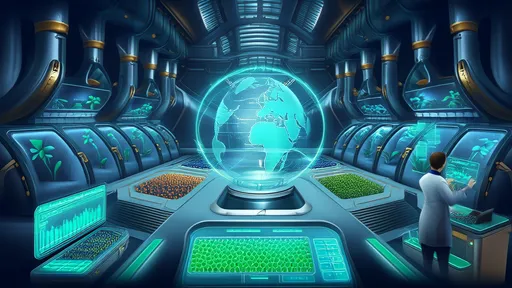
By /Jul 3, 2025

By /Jul 3, 2025

By /Jul 3, 2025
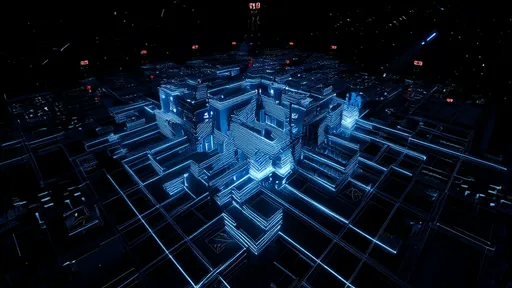
By /Jul 3, 2025
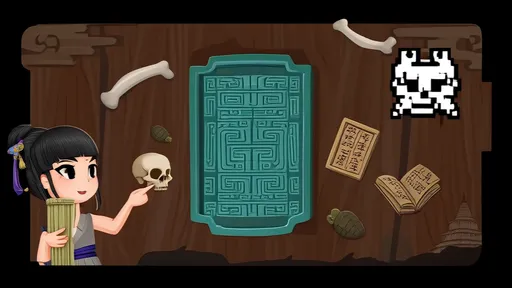
By /Jul 3, 2025
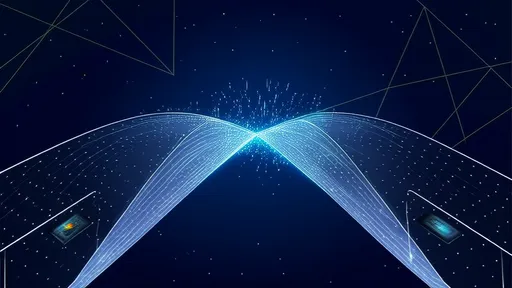
By /Jul 3, 2025
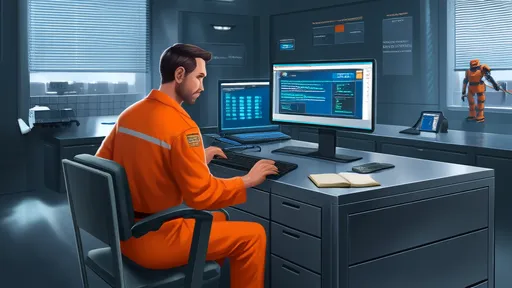
By /Jul 3, 2025
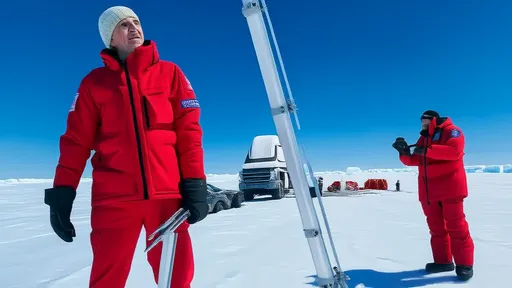
By /Jul 3, 2025
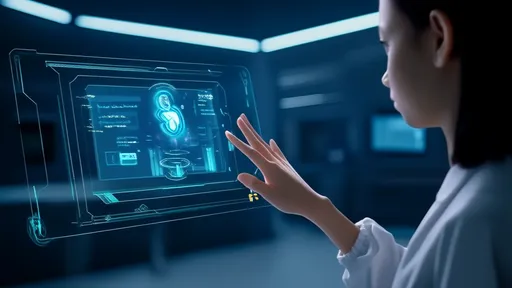
By /Jul 3, 2025
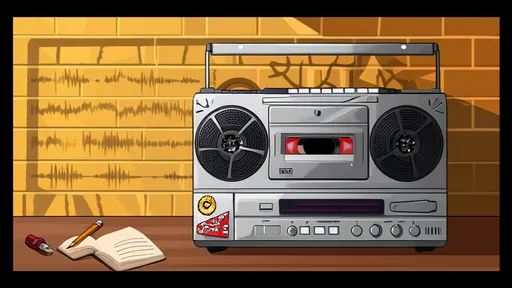
By /Jul 3, 2025

By /Jul 3, 2025
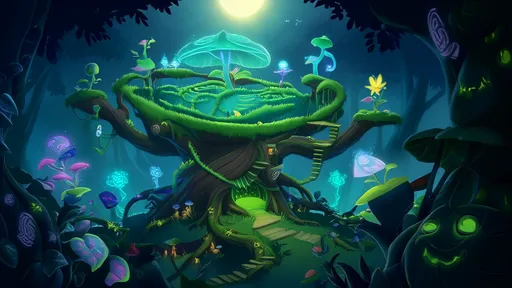
By /Jul 3, 2025
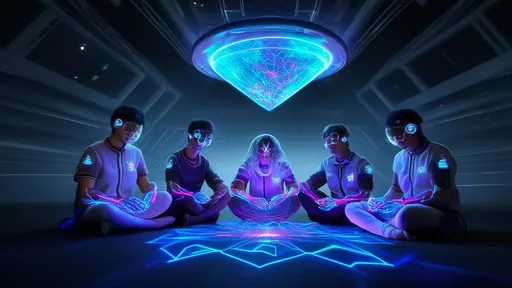
By /Jul 3, 2025
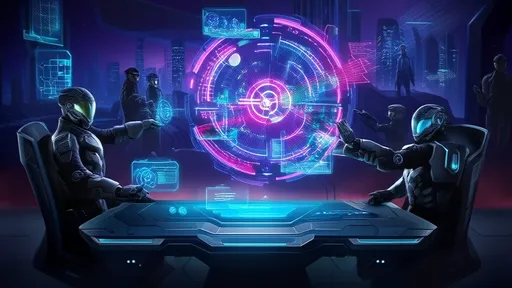
By /Jul 3, 2025
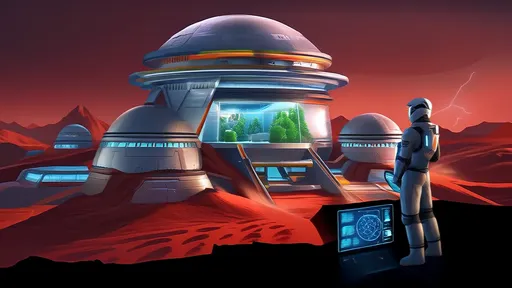
By /Jul 3, 2025
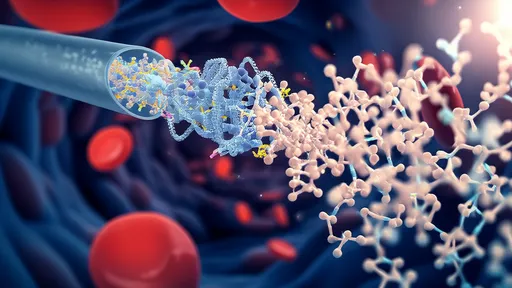
By /Jul 3, 2025
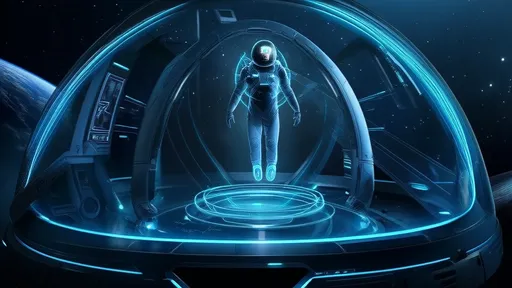
By /Jul 3, 2025
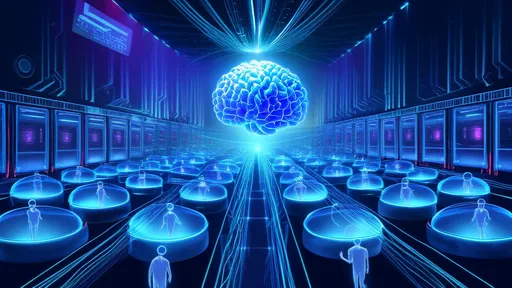
By /Jul 3, 2025